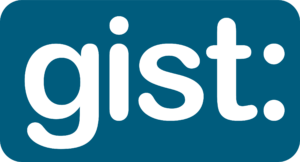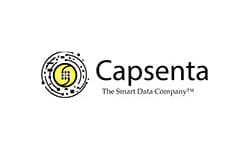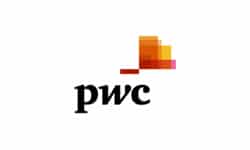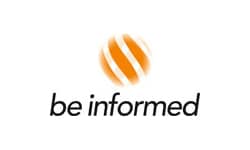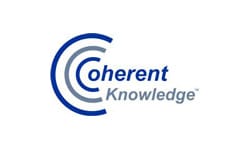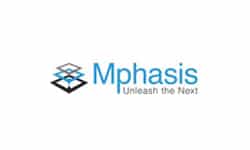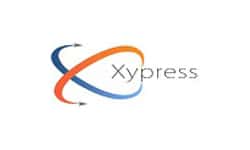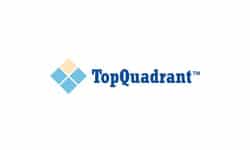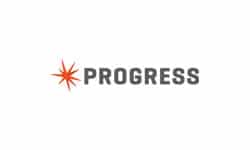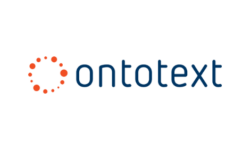Semantic Arts exists to shepherd organizations on their Data-Centric journey.
Our core capabilities include:
• Semantic Knowledge Graph Development and Implementation
• Legacy Avoidance, Erosion, and Replacement
We can help your organization to fix the tangled mess of information in your enterprise systems while discovering ways to dissolve data silos and reduce integration debt.
What is Data-Centric?

Data-Centric is about reversing the priority of data and applications.
Right now, applications rule. Applications own “their” data (it’s really your data, but good luck with that). When you have 1,000 applications (which most large firms do) you have 1,000 incompatible data silos. This serves to further the entrenchment of legacy systems, with no real motivation for change.
Data-Centric says data and their models come first. Applications conform to the data, not the other way around. Almost everyone is surprised at the fundamental simplicity, once it’s been articulated.
It sounds simple, but fifty years of “application-centricity” is a hard habit to break. We specialize in helping firms make this transition. We recognize that in addition to new technology and design skills, a major part of most projects is helping shepherd the social change that this involves.
If you’re fed up with application-centricity and the IT-fad-of-the-month club, contact us.
Read More: What is Data-Centric?
What about those legacy systems?
The move to a more data-centric architecture requires thoughtful planning. Early phases look more like a surgical process of dealing with legacy applications in a way that realizes quick wins and begins to reduce costs, helping to fund future phases. Usually, it looks something like this:
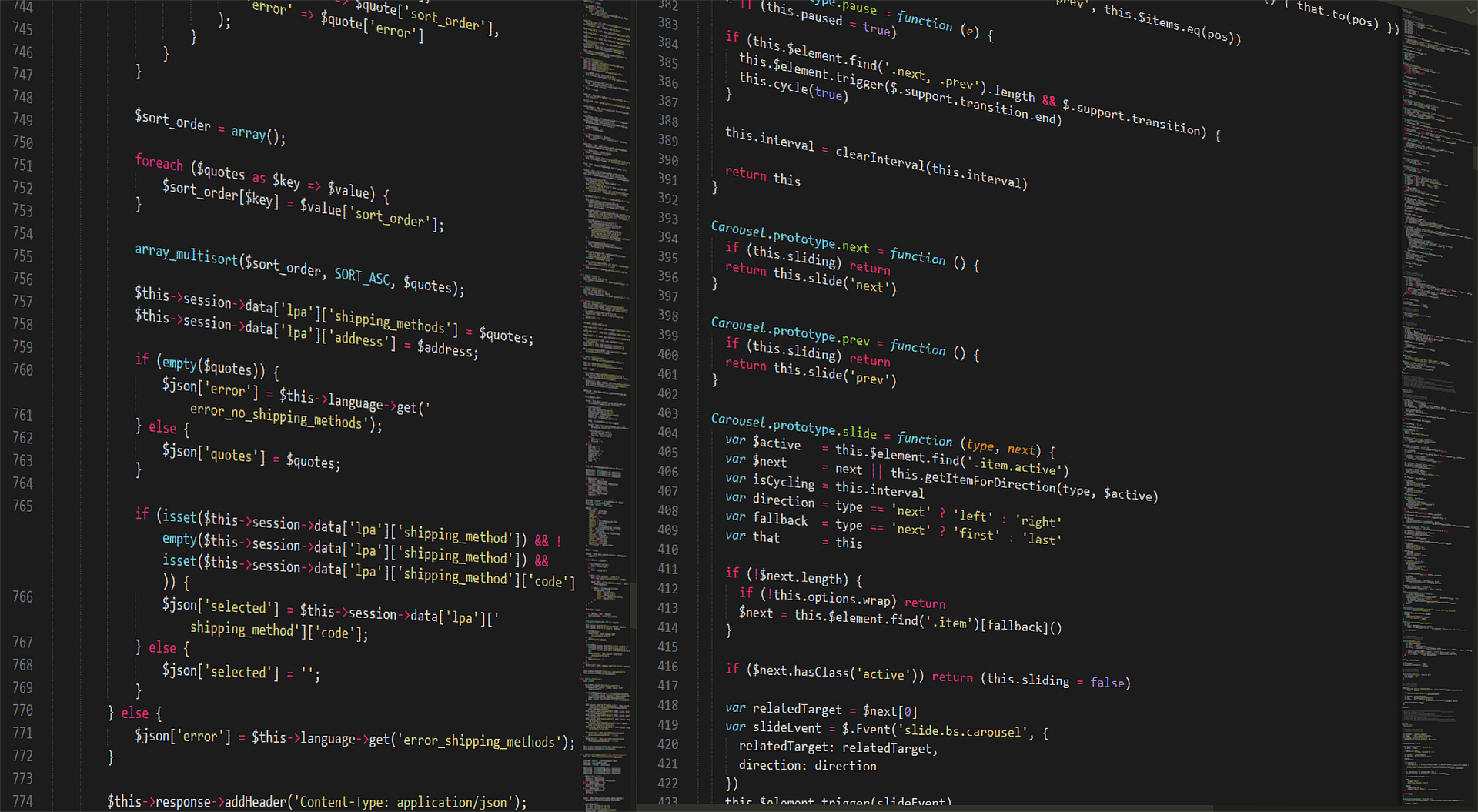
-
Legacy avoidance: The recognition that a firm has slowed down or stopped launching new application systems projects, and instead relies on the data that is in the shared knowledge graph.
-
Legacy erosion: Occurs when firms take use cases that were being performed in a legacy system and instead implement them directly on the graph. Rather than wholesale legacy elimination (which is hard), this approach allows the functionality of the legacy system to be gradually decommissioned.
-
Legacy replacement: Once enough of the data, functionality, and especially integration points have been shifted to the graph, legacy systems can be replaced. Not with “legacy modernization” systems, but with lightweight standalone use cases on the graph.
Read more: Incremental Stealth Legacy Modernization
-
ABOUT US
<p>Learn more about our mission, our history, and our team.</p> -
THOUGHT LEADERSHIP
<p>See how we are leading the way towards a data-centric future, and those who have taken note.</p> -
PROBLEMS WE SOLVE
<p>Discover how we can help you along the journey.</p>
Taking a different path STARTS NOW. Become Data-Centric to simplify and enhance your enterprise information landscape:
5 Business Reasons for Implementing a Knowledge Graph Solution
1. Comprehensive data integration
2. Contextualized knowledge discovery
3. Agile knowledge sharing and collaboration
4. Intelligent search and recommendation
5. Future-proof data strategy
Integrating semantic capabilities into enterprise business processes has been the foundational shift that organizations such as Google, Amazon, and countless others have leveraged. The results are tangible: increased market share and revenue, lower costs, better customer experiences, reduced risks, and the promotion of innovation.
Semantic Arts’ professional services deliver true solutions (not gimmicks) for current and future information management challenges.
FROM OUR BLOG
Team Building – The Importance of an Ontology
Team Building – The Importance of an Ontology Effective communication is something that many in the C-suite aspire to have in their organization. But what does this really entail in practice? At one level, it is about the high-level aspirations of the organization, the expectations of clients, the hopes of investors, and so on. At...Continue reading→
From Labels to Verbs –Child’s Play!
From Labels to Verbs –Child’s Play! Watching a child acquire their first language skills is nothing like acquiring a new language. The 2-year-old is learning vocalisation, and also ensuring that they get the correct labels for the things around them. “Mummy”, “Daddy”, “cat”, “car”, “sea” and so on. Often this is done with gestures and...Continue reading→
The Case for Enterprise Ontology
The Case for Enterprise Ontology I was asked by one of our senior staff why someone might want an enterprise ontology. From my perspective, there are three main categories of value for integrating all your enterprise’s data into a single core: Economy For many of our clients there is an opportunity that stems from...Continue reading→
How a “User” Knowledge Graph Can Help Change Data Culture
How a “User” Knowledge Graph Can Help Change Data Culture Identity and Access Management (IAM) has had the same problem since Fernando Corbató of MIT first dreamed up the idea of digital passwords in 1960: opacity. Identity in the physical world is rich and well-articulated, with a wealth of different ways to verify information on...Continue reading→
Zero Copy Integration and Radical Simplification
Zero Copy Integration and Radical Simplification Dave McComb’s book Software Wasteland underscored a fundamental problem: Enterprise software sometimes costs 1,000 times more than it ought to. The poster child for cost overruns was highlighted in the book was Healthcare.gov, a public registration system for the US Affordable Care Act, enacted in 2010. By 2018, the...Continue reading→
A Knowledge Model for Explainable Military AI
A Knowledge Model for Explainable Military AI Forrest Hare, Founder of Summit Knowledge Solutions, is a retired US Air Force targeting and information operations officer who now works with the Defense Intelligence Agency (DIA). His experience includes integrating intelligence from different types of communications, signals, imagery, open source, telemetry, and other sources into a cohesive...Continue reading→
How US Homeland Security Plans to Use Knowledge Graph
How US Homeland Security Plans to Use Knowledge Graph During this summer’s Data Centric Architecture Forum, Ryan Riccucci, Division Chief for U.S. Border Patrol – Tucson (AZ) Sector, and his colleague Eugene Yockey gave a glimpse of what the data environment is like within the US Department of Homeland Security (DHS), as well as how...Continue reading→
SIX AXES OF DECOUPLING
SIX AXES OF DECOUPLING Loose coupling has been a Holy Grail for systems developers for generations. The virtues of loose coupling have been widely lauded, yet there has been little description about what is needed to achieve loose coupling. In this paper we describe our observations from projects we’ve been involved with. Coupling Two systems or...Continue reading→
Documents, Events and Actions
Documents, Events and Actions We have recently been reexamining the weird relationship of “documents” to “events” in enterprise information systems and have surfaced some new insights that are worth sharing. Documents and Events Just to make sure we are all seeing things clearly, the documents we’re referring to are those that give rise to financial...Continue reading→
gist: Buckets, Buckets Everywhere: Who Knows What to Think
gist: Buckets, Buckets Everywhere: Who Knows What to Think We humans are categorizing machines, which is to say, we like to create metaphorical buckets and put things inside. But there are different kinds of buckets, and different ways to model them in OWL and gist. The most common bucket represents a kind of thing, such as...Continue reading→
gist: 12.x
gist: is our minimalist upper ontology. It is designed to have the maximum coverage of typical business ontology concepts with the fewest number of primitives and the least amount of ambiguity. Our gist: ontology is free (as in free speech and free beer–it is covered under the Creative Commons 3.0 attribution share-alike license). You can use as you see fit for any purpose, just give us attribution.

